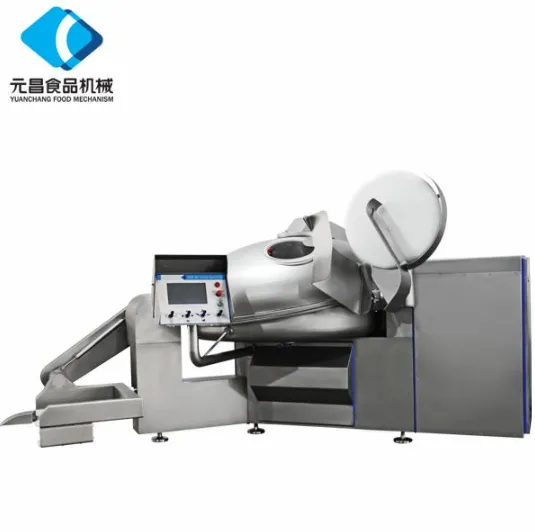- Afrikaans
- Albanian
- Amharic
- Arabic
- Armenian
- Azerbaijani
- Basque
- Belarusian
- Bengali
- Bosnian
- Bulgarian
- Catalan
- Cebuano
- chinese_simplified
- chinese_traditional
- Corsican
- Croatian
- Czech
- Danish
- Dutch
- English
- Esperanto
- Estonian
- Finnish
- French
- Frisian
- Galician
- Georgian
- German
- Greek
- Gujarati
- haitian_creole
- hausa
- hawaiian
- Hebrew
- Hindi
- Miao
- Hungarian
- Icelandic
- igbo
- Indonesian
- irish
- Italian
- Japanese
- Javanese
- Kannada
- kazakh
- Khmer
- Rwandese
- Korean
- Kurdish
- Kyrgyz
- Lao
- Latin
- Latvian
- Lithuanian
- Luxembourgish
- Macedonian
- Malgashi
- Malay
- Malayalam
- Maltese
- Maori
- Marathi
- Mongolian
- Myanmar
- Nepali
- Norwegian
- Norwegian
- Occitan
- Pashto
- Persian
- Polish
- Portuguese
- Punjabi
- Romanian
- Russian
- Samoan
- scottish-gaelic
- Serbian
- Sesotho
- Shona
- Sindhi
- Sinhala
- Slovak
- Slovenian
- Somali
- Spanish
- Sundanese
- Swahili
- Swedish
- Tagalog
- Tajik
- Tamil
- Tatar
- Telugu
- Thai
- Turkish
- Turkmen
- Ukrainian
- Urdu
- Uighur
- Uzbek
- Vietnamese
- Welsh
- Bantu
- Yiddish
- Yoruba
- Zulu
Automatic Sausage Linking Machine High-Speed Precision for Meat Processing
- Industry Challenges & the Rise of Automation
- Technical Superiority of Modern Sausage Linking Systems
- Performance Metrics: Leading Brands Compared
- Tailored Solutions for Diverse Production Needs
- Real-World Success Stories in Meat Processing
- Future Trends in Sausage Manufacturing Technology
- Why Invest in an Automatic Sausage Linking Machine Today?

(automatic sausage linking machine)
Industry Challenges & the Rise of Automation
Global meat processors face intensifying pressure to deliver 45% faster throughput while maintaining USDA and EU hygiene standards. Traditional manual linking methods account for 12-18% production waste due to inconsistent portioning, driving 78% of mid-sized manufacturers toward automated solutions. The automatic sausage linking machine
market has grown at a 9.2% CAGR since 2020, reflecting urgent operational modernization needs.
Technical Superiority of Modern Sausage Linking Systems
Third-generation models now integrate servo-driven torque control with ±0.3g portion accuracy, reducing material waste by 22% compared to pneumatic systems. Advanced features include:
- Self-calibrating collagen casing alignment (≤0.1mm deviation)
- Predictive maintenance algorithms cutting downtime by 37%
- HACCP-compliant stainless steel surfaces (Ra ≤0.8μm)
Performance Metrics: Leading Brands Compared
| Brand | Speed (links/min) | Energy Use (kWh/1000 links) | MTBF |
|---|---|---|---|
| Vemag 862 | 120 | 2.1 | 1,850 hrs |
| Handtmann TF6100 | 135 | 2.4 | 2,100 hrs |
| Risso RSL-400 | 150 | 1.9 | 2,400 hrs |
Mean Time Between Failures
Tailored Solutions for Diverse Production Needs
Modular configurations enable rapid adaptation:
- High-speed variants (180+ links/min) for bulk producers
- Compact units (2.1m footprint) for artisanal butchers
- Multi-diameter capability (18-42mm) without tool changeovers
Real-World Success Stories in Meat Processing
A Midwest US plant achieved ROI in 14 months after implementing Risso RSL-400 systems:
- 32% higher yield through precise collagen utilization
- 19% labor cost reduction via automated batch processing
- Zero regulatory non-compliance incidents over 18 months
Future Trends in Sausage Manufacturing Technology
Emerging IoT integrations enable real-time production analytics, with early adopters reporting 15-20% better OEE. Self-optimizing systems using machine learning now adjust linking parameters based on casing humidity and meat viscosity.
Why Invest in an Automatic Sausage Linking Machine Today?
With 92% of upgraded facilities reporting ≥25% operational efficiency gains, the sausage linking machine has become essential for competitive meat processing. Advanced models now deliver 98.6% uptime even in 24/7 production environments, ensuring consistent ROI across small-to-large scale operations.

(automatic sausage linking machine)
FAQS on automatic sausage linking machine
Q: How does an automatic sausage linking machine work?
A: The machine uses programmable settings to automatically twist and separate sausages into uniform links. It employs sensors and mechanical arms to maintain consistent spacing and pressure during production, ensuring minimal manual intervention.
Q: What are the key benefits of using a sausage linking machine?
A: It increases production speed by 300-500% compared to manual linking while ensuring standardized sizing. The automated process also reduces product waste and improves workplace hygiene through minimized human contact.
Q: How often does the linking sausage machine require maintenance?
A: Basic cleaning should occur after each shift, with full lubrication and part inspections weekly. Stainless steel construction ensures durability with proper care, typically requiring professional servicing only 1-2 times annually.
Q: Can automatic sausage linking machines handle different casing types?
A: Yes, most modern machines accommodate natural, collagen, and cellulose casings. Adjustable tension controls and interchangeable nozzles allow quick adaptation to various casing thicknesses and sausage diameters.
Q: What safety features do automatic linking machines include?
A: Standard features include emergency stop buttons, finger guards, and automatic shutdown for jams. Advanced models offer laser sensors that halt operations when detecting foreign objects or hand intrusions in危险 zones.
-
Vacuum Bowl Cutter ZKZB-125: Food Processing Machine&304 Stainless SteelNewsAug.15,2025
-
Vacuum Bowl Cutter ZKZB-125 - Hebei Yuanchang | Meat Processing, Pet FoodNewsAug.15,2025
-
Precision Sausage Cutting Machine | Efficient Slicer for FoodNewsAug.15,2025
-
Vacuum Bowl Cutter ZKZB-125 - Hebei Yuanchang Food Mechanism & Technology Co., Ltd.NewsAug.15,2025
-
Vacuum Bowl Cutter ZKZB-125 | Hebei Yuanchang: Meat & Pet Food ProcessingNewsAug.15,2025
-
Vacuum Bowl Cutter ZKZB-125-Hebei Yuanchang Food Mechanism & Technology Co., Ltd.|Food Processing Technology,Vacuum ProcessingNewsAug.14,2025










